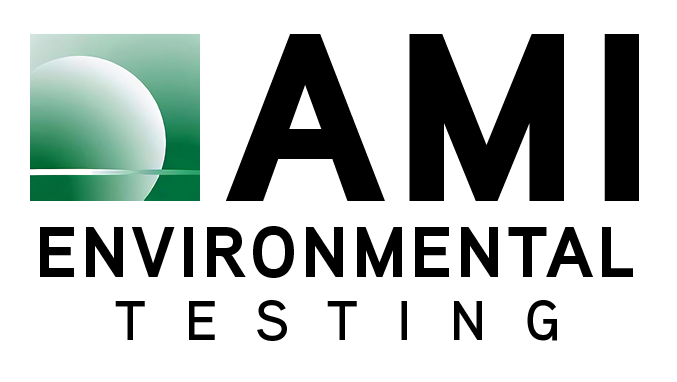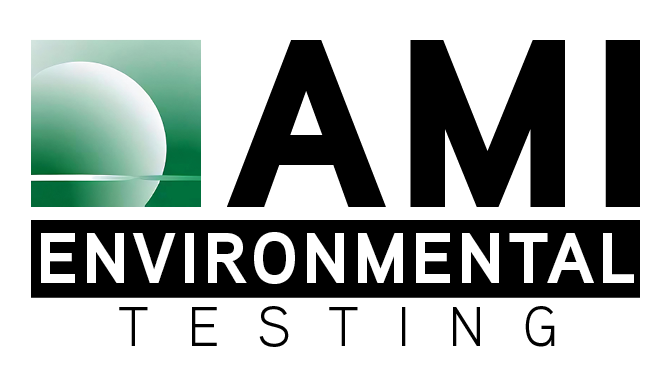What is OSHA’s Occupational Noise Standard?
OSHA regulations stipulate that if “any employee’s exposure equals or exceeds an 8-hour time-weighted average of 85 decibels, the employer shall develop and implement a noise monitoring program.”
What are some signs that your workplace has hazardous noise?
- If at work, you have to raise your voice for someone standing an arm’s length or less away to hear you.
- There is a ringing in your ears after you leave work.
- You have temporary hearing loss upon leaving work.
How can you test if the noise level at your workplace reaches dangerous levels?
You can’t be sure whether you’re being protected from hazardous noise or meeting OSHA regulations without completing an audiometric test. But you can compare your noise exposure levels at work to these everyday noises to get a vague idea of your risk level:
- 80 dB – Dial tone of a phone
- 85 dB – City traffic from inside a car
- 90 dB – Truck traffic or a train while at 500 ft
- 95 dB – Subway train at 200 ft
- 100 dB – Snowmobile or Motorcycle
- 107 dB – Power mower
While these comparisons can give you can vague idea of whether or not your workplace complies with OSHA standards, it is important to get a formal test done to make sure you and your employees are protected.
Why is compliance with OSHA’s Noise regulations so important?
As an employer, it is your responsibility to ensure that sure workers are protected from occupational hearing loss. OSHA is a real stickler about monitoring occupational noise because it is such a prevalent occupational hazard.
It is also important to note that even though most states do not have compensation laws for hearing loss at the workplace, compensation is commonly being awarded to people who have suffered occupational hearing loss. You can protect your business from regulatory and financial consequences by testing your workplace and implementing a Hearing Conservation Program.
Please contact AMI Environmental if you want to protect your employees from noise or if you have any questions about OSHA’s Occupational Noise Standards.



